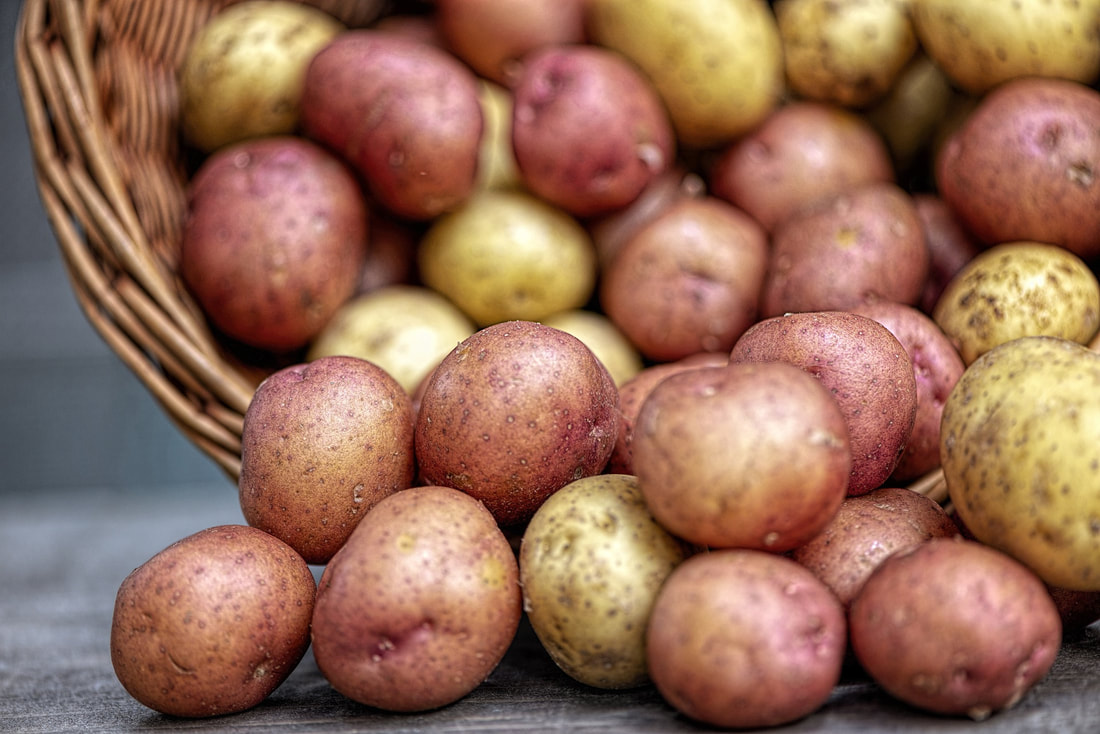|
William W. Wilson, an expert in risk management and trading at North Dakota State University, predicted increased volatility in the U.S. grain market throughout 2023.
Part of the reason commodity prices rose so sharply, Wilson explained, is transportation rates are much higher for alternative grain shipping routes out of Ukraine, according to a report in Feed & Grain. Rail routes that traditionally went to Odessa now route through Romania, Poland and Moldova, which adds as much as $125/metric tonne to costs. “Unblocking exports by sea will significantly strengthen the stability of the economy and alleviate the acuteness of the food crisis, but only under the condition of stable export of six million tonnes of grain per month at least until March 2023,” Wilson said. Rising grain prices due to both the war in Ukraine and disappointing harvests in the US, Europe and Asia, are compounding challenges producers already face from global supply chain disruptions and labor and energy costs. Wilson, who studies grain marketing as well as logistics and supply chain systems, offered his comments during the closing general session of the National Grain and Feed Association’s 2022 Country Elevator Conference in December 2022.
0 Comments
Inflation has hit all parts of the economy, with the evidence in your grocery bill. For one item, however, there’s one factor that’s having a big effect. Avian flu is hitting farms hard, with the Centers for Disease Control and Prevention estimating nearly 58 million commercial and backyard birds were affected in the past year across the country. Click here to read the full article.
The Food & Drug Administration will begin treating sesame as a major allergen with the arrival of the new year, and along with that designation comes new rules for declaring sesame as an ingredient.
In an article posted on its website, USDA's Food Safety and Inspection Service noted that sesame will not need to be declared on the labels of products under FSIS jurisdiction. However, the agency said, "the voluntary use of allergen 'contains' statements are permitted on meat, poultry and egg products." A voluntary allergen “contains” statement may be added using a generic label approval, and so, adding "contains sesame" or similar on a label would not require that the label be submitted to FSIS for sketch approval. FSIS has been allowing the voluntary inclusion of sesame and sesame derived components in “contains” statements prior to January 1. The choice beef cutout has spiked in the past few days, partly due to significant disruptions at feedlots brought about by recent extreme winter weather. The supply of cattle with more than 120 days on feed on Dec. 1 already was the lowest inventory of market-ready cattle on that date since 2018, estimated to be 76,000 head smaller than the previous year, analysts at the Daily Livestsock Report said in an analysis published today.
"Add to this the stress of winter weather and availability suddenly plummets," the analysts wrote. Extreme cold negatively impacts cattle in feedlots as livestock burns more energy to stay alive. The recent storm significantly affected the movement of cattle from feedlots to processing plants, plants’ ability to bring workers in, and the movement of beef from processing plants from the middle of the country to metropolitan areas, the DLR said. Fed cattle slaughter was 15% lower for the week of Dec. 19 than two weeks prior. But with supply needed for the meat case and to run further processing plants, the rib primal value on Tuesday was $548/cwt, the highest for the year, at a time when prices of bone-in and boneless ribeyes typically decline, after Christmas orders have been filled. "Why are people paying that kind of price? Because they are short and when you need to fill orders in a market where supply is thin you end up paying whatever it takes to outbid the other guy," the analysts said. "So here we are with likely less supply of market-ready cattle for January in feedlots, more weather stressed cattle and more beef booked for delivery. Spot buyers/traders woke up to this reality during the Christmas week storms and may feel the effects of tight supplies well into January." Highly pathogenic avian influenza’s assault on the poultry industry continues, with new outbreaks reported in the U.S. and across the Mexican and Canadian borders. The USDA’s Animal Plant and Health Inspection Service on Thursday confirmed outbreaks in Colorado, Idaho, Oregon and South Dakota during the past two days. That includes a commercial turkey operation with 31,800 birds in Hanson County, S.D., and 239,700 egg-laying hens in Colorado’s Weld County.
The 2022 tally currently stands at confirmed infections in 708 commercial and backyard flocks in 47 states, impacting 57.69 million birds, according to the agency. The Huron Perth Public Health agency in Ontario recently reported HPAI was identified in live poultry delivered to a commercial processing plant. “The Canadian Food Inspection Agency, along with the Huron Perth Public Health, the Ministry of Health and Public Health Ontario are working together with the plant operator to respond to the situation,” HPPH stated. Operations at the plant — identified by the London Free Press as operated by Sofina Foods — resumed on Monday, officials said. HPAI is also striking across the southern border, with the virus confirmed in 17 commercial poultry flocks in Mexico, according to the World Organisation for Animal Health. Weather conditions and pest pressures in California, Florida and Mexico combined to create elevated vegetable fob prices in 2022, and a USDA report says higher prices may persist until at least early January. Click here to read the full article.
After two years of pandemic-restricted service, chefs and restaurateurs were eager to ramp up menu innovation in 2022. Then the industry was hit with a triple whammy.
The supply chain was still erratic, kitchens were understaffed and inflation was starting to take a bite out of creativity. Click here to read the full article. Restaurant sales and traffic growth soften again in November, likely signaling tougher times ahead12/22/2022 Inflation began its decline in late summer, the short-term increase in gas prices has since subsided, and the impact of those economic trends can be seen in consumer spending at restaurants. Click here to read the full article.
Inflation clouded everything this year, for consumers and operators alike. On the operator side, some commodity prices were at their highest levels in decades, forcing average menu price increases up by over 8% just to maintain margins. Click here to read the full article.
Breakfast has the power to turn everything around - from an energy and a profitability standpoint. Explore the resources, products and recipes that can help you grab your share of breakfast traffic. Click here to read the full article.
Winter storms that doused California with much-needed rain and snow over the last week have managed to ease some dire drought conditions, but experts warned that the state still has a long way to go to truly reverse its historic dry streak. Click here to read the full article.
Four new cases of bird flu at Iowa turkey farms in the past few days will push the number of birds slaughtered nationwide this month to limit the spread of the virus up to nearly 700,000.The latest cases announced by the Iowa Department of Agriculture only add to the toll of this year's ongoing outbreak that has prompted officials to kill more than 53 million birds in 47 states. Anytime the virus is found, the entire flock is killed to help control the disease.
Click here to read the full article. Even though the price of butter jumped more than 26% in October compared to a year ago, analysts say they expect consumers will spend the extra money on the item when they do their holiday baking and cooking, boosting sales. Click here to read the full article.
Production of oranges in Florida this season is forecast to be down 36% from earlier estimates, in part a reflection of twin hurricanes that battered growing regions, according to U.S. Agriculture Department figures released Friday. Click here to read the full article.
The biggest challenge for U.S. potato grower-shippers in 2023 might be stretching their volume to last through the season. USDA estimates harvested acreage for 2022 at 902,200 acres. That’s down from 935,700 in 2021, which itself was a tight year. “Growers are doing their best to manage expectations and hold onto their pile of spuds to make them last,” said Ross Johnson, vice president of retail for the Eagle, Idaho-based Idaho Potato Commission. Click here to read the full article.
As 2022 comes to an end, we’re rounding out the year with our fourth annual Uber Eats Cravings Report: a snapshot of the most popular, unusual and unique delivery requests. And there has been no shortage of cravings over the past 12 months. From non-alcoholic beverages, to the soon-to-be extinct Choco Taco, to the viral sensation Negroni Sbagliato (with Prosecco of course), we along with Uber-owned companies Drizly and Postmates, were focused on helping you get anything right to your door. Click here to read the full article.
On the heels of last week's news that Minnesota's budget surplus has grown larger, there are renewed calls to approve free school meals for all students, regardless of income.
Districts that participate in the National School Lunch Program receive federal funds to offer free and reduced-price meals to eligible students. A universal program asks the state to provide the remaining funds to cover all students. Click here to read the full article. The movement of people into and out of the U.S. labor force, a complex flow typically involving more than 12 million people monthly, has shifted against the U.S. Federal Reserve's hope that a rising supply of workers will help cool inflation. Click here to read the full article.
Iowa officials are confirming a positive case of highly pathogenic avian influenza (HPAI) in a commercial turkey flock in Buena Vista County. The outbreak impacting 40,700 birds comes a month after Iowa’s last outbreak involving commercial layer chickens in Wright County.
Among the hardest hit states, Iowa’s poultry industry has lost more than 15.5 million birds to HPAI this year. There’s also been a spate of HPAI infections among commercial turkey producers in South Dakota. All told, HPAI has been confirmed in 670 commercial and backyard flocks in 47 states in 2022, affecting 52.87 million birds, according to the USDA’s Animal and Plant Health Inspection Service (APHIS.) The agency on Tuesday added Alabama to the list of states with HPAI confirmed at a backyard producer. The infection in Lawrence County affected 460 birds. The virus previously was confirmed in wild birds in the state, specifically in black vultures in November and an American wigeon in February. Meanwhile, HPAI is prompting APHIS to restrict the importing of poultry, eggs and other avian products from countries including Ecuador and 11 prefectures in Japan. Just Food’s US columnist Victor Martino sets out the main issues facing food industry executives as they prepare for the new year.
Inflation moderates but continues. Food-at-home (products bought at retail stores) inflation isn’t going away anytime soon. The good news is the rate of growth has moderated slightly over the last couple of months. The bad news is it’s still far too high. Click here to read the full article. Smoke-filled rooms may be a relic of the political past, but smoke-filled menus are totally on trend today, as operators of all types take advantage of the flavor enhancement and promotional panache afforded by the technique. Click here to read the full article.
Restaurants and bars stepped up their hiring during November, adding 62,000 jobs, according to figures released Friday by the U.S. Bureau of Labor Statistics. That's higher than the 36,300 jobs the industry added in October, which itself was an upward revision from previous estimates.
The statistics for November show a total of 11.9 million people were employed by eating and drinking places. That's 400,000 jobs short of where the industry was in February 2020, before the pandemic led to widespread job cuts. Click here to read the full article. Consumers in the U.S. spent 23% more at restaurants during the Black Friday Weekend in late November compared to 2021, and the spend spike beat out spend on fashion and electronics which saw increases of 14% and 2%, respectively. Click here for the full article.
|
AuthorWrite something about yourself. No need to be fancy, just an overview. Archives
June 2026
Categories
All
|







 RSS Feed
RSS Feed